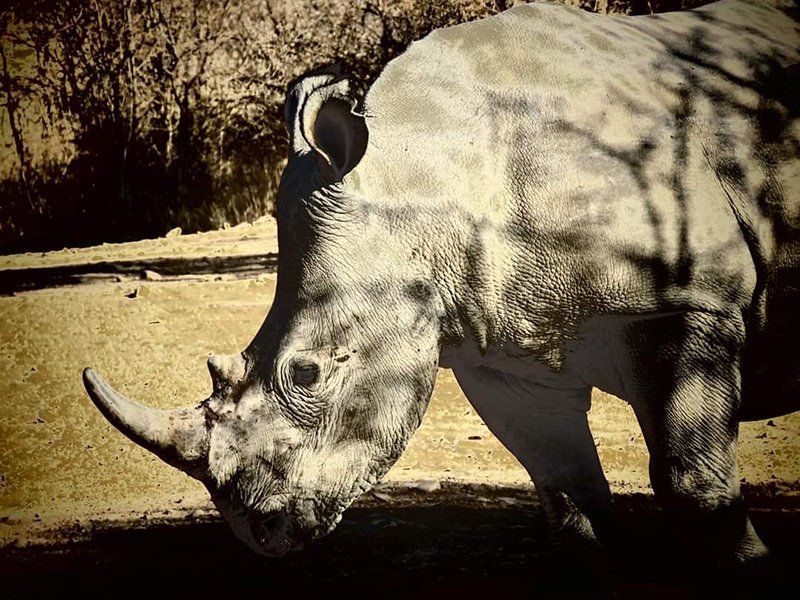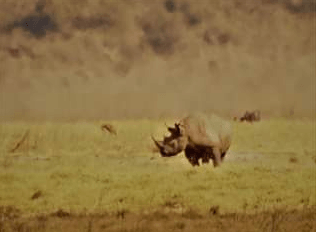Vanquishing the Cornucopia
This is a subtitle for your new post

World Rhino Day, on September 22, was created to increase awareness about these unique and beleaguered creatures, whose futures are uncertain. Most posts discuss the present, wherein poaching of these animals for their horns is the primary threat. But the past holds important stories too, particularly in the case of the two African rhino species - the black and the white.
Historically, many rhinos in Africa were killed primarily for meat. Frederick Courteney Selous reported in his books that rhinos had been extirpated in some areas of sub-Saharan Africa by the late 1800's and that many indigenous peoples considered rhino meat to be the finest of all.
Rhinos were also killed in significantly damaging numbers as menaces for those needing to clear and settle lands. A tragically excellent example of this is in J.A. Hunter's book, Hunter. The Wakamba tribe of Kenya had increased sixfold, and increasingly came into conflict with rhinos as their needs for more agricultural lands expanded. They requested help from the British government, who sent J.A. Hunter, a professional hunter and former chairman of Tanganyika National Parks. The Wakamba not only wanted to be able to clear land, but they desired tsetse fly control also, for their cattle. Destroying the extremely dense thorn bush in the Makueni area of the Machakos district where they lived was the only known way at the time to destroy the tsetses. And the only safe way to destroy the bush was to destroy the rhinos.

In three months, 163 rhinos were killed. The poignantly heartbreaking scene as J.A. Hunter and his staff left the area is described as such. "Three months before we had crossed the same country that lay before us. Then it had been a maze of thorn bush and acacia, cut by a tangle of narrow rhino trails. Now it lay bare as a polished table. Mr. Beverly's labor gangs had been moving steadily behind us, cutting down the bush and clearing the land. What a short time before had been as wild a bit of Africa as God ever made was now farming country. Not a tree or bush remained."
Piles of whitened rhino bones were interspersed with great black rings created when labor gangs piled the brush into heaps and burned it. J.A. Hunter lamented that as more and more demands were made by natives for fresh land, he and his staff were sent back time and time again to kill more rhinos. Over one thousand killed by the time he wrote his book. He ends this chapter with the following thoughts. "Is it worth killing off these strange and marvelous animals just to clear a few more acres for a people that are ever on the increase? I do not know. But I know this. The time will come when there is no more land to be cleared. What will be done then? In the meantime the inevitable clash between men and beasts presents a problem and a headache."
This was prior to 1952, when his book was first published. In the 69 years since, countless more wildlife habitat has been converted for human uses.
Habitat loss is, globally, the number one threat to wildlife. Poaching and conflict rank closely behind it, but without the land and its resources to support nature, we simply cannot have rhinos or any other wild creatures for that matter. Finding ways to sustainably support humans on land that already cleared and converted is an essential conversation challenge. One just as important as promoting a diversity of sustainable wildlife uses that can support lands primarily as wildlife habitat.

